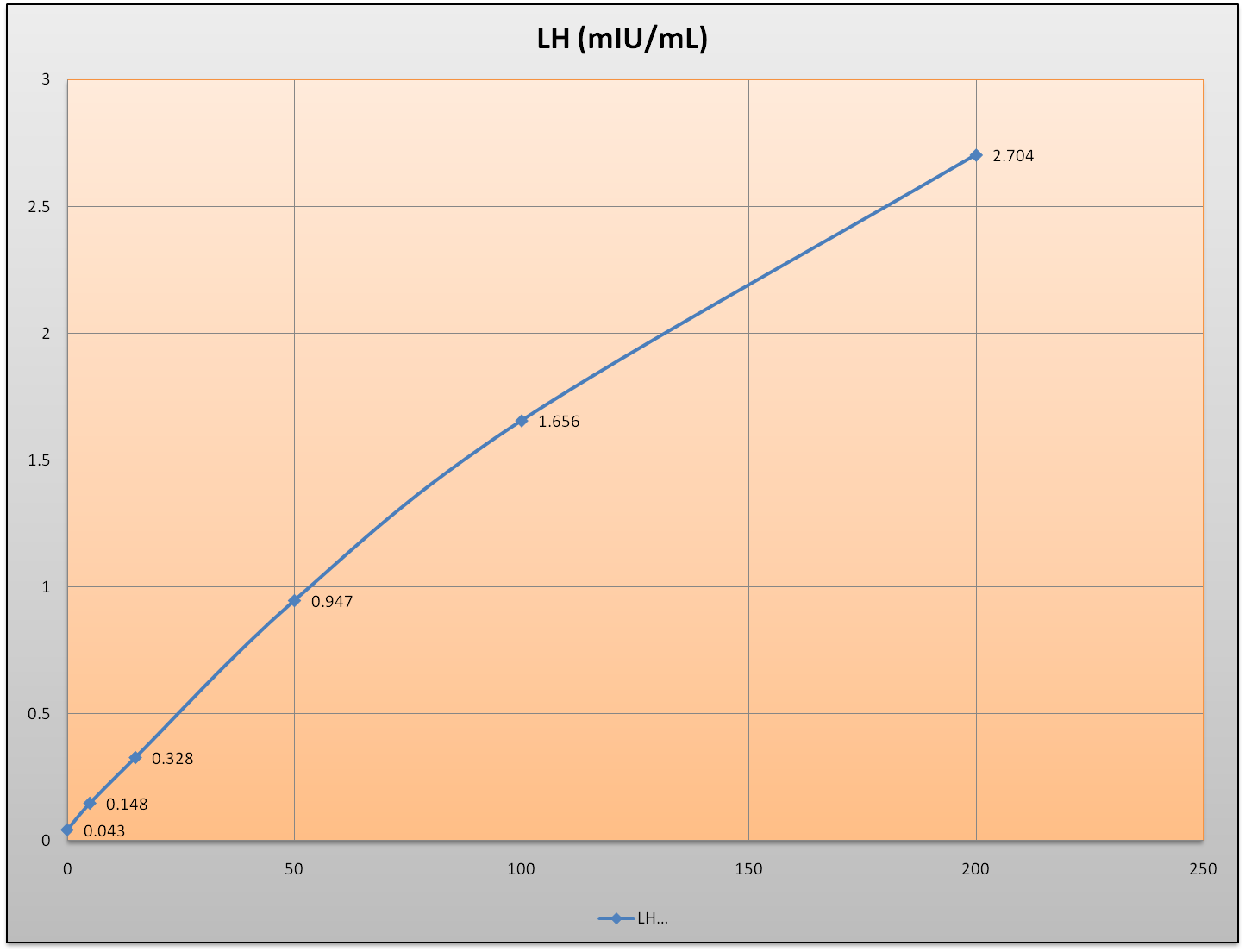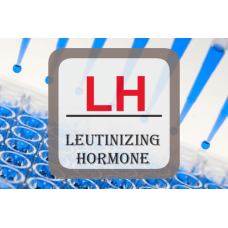Shopping Cart
0 item(s) - $0.00Luteinizing Hormone ELISA - LH
Availability: In Stock
Add to Compare
Enzyme Immunoassay for the Quantitative Determination of Luteinizing Hormone (LH) in Human Serum
FOR RESEARCH USE ONLY. NOT FOR USE IN DIAGNOSTIC PROCEDURES
SUMMARY
Luteinizing hormone (LH, also known as lutropin and sometimes lutrophin) is a hormone produced by gonadotropic cells in the anterior pituitary gland. In females, an acute rise of LH ("LH surge") triggers ovulation and development of the corpus luteum. In males, where LH had also been called interstitial cell-stimulating hormone (ICSH), it stimulates Leydig cell production of testosterone. It acts synergistically with FSH.
PRINCIPLE OF THE TEST
The United Immunoassay LH ELISA is based on the principle of a solid phase enzyme-linked immunosorbent assay15,16. The assay system utilizes a mouse monoclonal anti-?-LH antibody for solid phase (microtiter wells) immobilization, and a mouse monoclonal anti-?-LH antibody in the antibody-enzyme (horseradish peroxidase) conjugate solution. The test sample is allowed to react simultaneously with the antibodies, resulting in the LH molecules being sandwiched between the solid phase and enzyme-linked antibodies. After a 45 minute incubation at room temperature, the wells are washed with water to remove unbound labeled antibodies. A solution of Tetramethylbenzidine (TMB) is added and incubated for 20 minutes, resulting in the development of a blue color. The color development is stopped with the addition of 1N HCl, and the resulting yellow color is measured spectrophotometrically at 450 nm. The concentration of LH is directly proportional to the color intensity of the test sample.
EXAMPLE OF STANDARD CURVE
Results of a typical standard run with optical density readings at
450 nm shown in the Y axis against Luteinizing Hormone concentrations shown in the X axis. This standard curve is for the purpose of illustration only, and should not be used to calculate unknowns. Each user should obtain his or her own data and standard curve.

| General | |
| ANALYTE GROUP | Luteinizing Hormone |
| GROUPING | Hormones:Reproduction |
| PRODUCT NAME | ELISA |
| STORAGE | Store the kit at 2-8°C |
| COUNTRY OF ORIGIN | USA |
| DISCOUNTS | Bulk Packaging; High Volume |
| ELISA | |
| TESTS PER KIT | 96 (12 x 8) |
| CALIBRATION RANGE | 0 - 200 mIU/mL (Recommended) |
United Immunoassay, Inc. © 2025


































